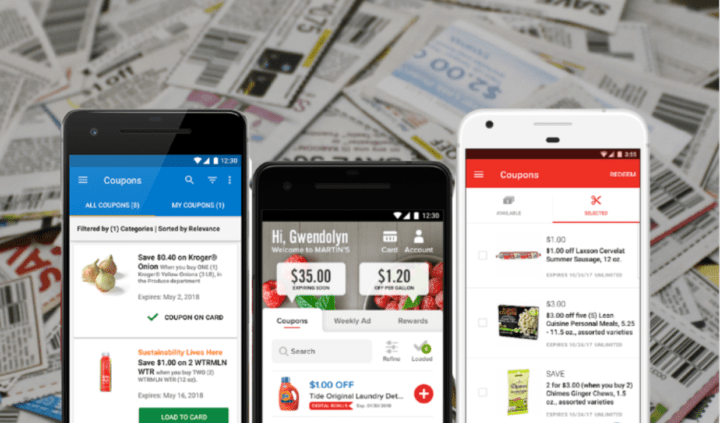Many in the coupon industry have been promoting the benefits of digital coupons, claiming that shoppers prefer them. Many couponers who feel otherwise claim that manufacturers are the ones who prefer digital and are just trying to force shoppers to feel the same. So what type of coupons do most people really prefer?
Either. Or neither. Turns out it doesn’t really matter – because a new survey finds that shoppers will go where the deals are best, no matter the format.
That’s what Valassis discovered in its latest annual survey on consumer behavior. The 2021 Consumer Intel Report found that the best coupon is simply the one that saves you the most. “Our data shows consumers choose physical or digital coupons based on the best deal, not the platform,” the report noted.
So digital coupons may be more convenient, more secure and, lately, more popular. But given the choice between a 50-cent digital coupon and a $1 paper coupon – for most shoppers, there’s no contest.
Young people and parents in particular are more likely than most to seek out paper coupons from places like the mail and the newspaper. “But overall use for all these formats is high across all generations,” the report notes.
And so is the use of digital coupons. 71% of consumers use digital coupons, with millennial parents the most likely to do so, at 93%.
So shoppers are willing to look for deals just about anywhere, “choosing coupons not by medium but by value and ease of use,” the report found. For marketers, then, “an omnichannel approach is still completely necessary.”
Overall, 71% of survey respondents said saving money by using coupons and discounts is the most important thing when going grocery shopping. 82% said going to a store with the lowest prices is even more important.
No matter how shoppers choose to save, Valassis noticed “a significant increase in price consciousness,” especially this past year. Nearly three out of four shoppers said they increased their saving behaviors during the coronavirus pandemic, with the vast majority planning to continue doing so.
Aside from a renewed interest in saving money, though, many other shopping routines disrupted during the pandemic have started returning to normal. The report found that online grocery shopping, for example, has already peaked and has just about gone back to pre-pandemic levels. And more than half of those who have been fully vaccinated say they’re comfortable shopping in stores again.
It was very early in the pandemic when some stores went so far as to quit accepting paper coupons, prompting some to predict that this was digital coupons’ moment to take over for good. Digital coupons have indeed become more popular, but Valassis cautions that it doesn’t have to be a zero-sum game. “We haven’t seen the end of the paper coupon,” Valassis says. “Many consumers prefer both digital and paper formats so they don’t miss savings.”
So no need to debate over whether paper is better, or doomed to extinction. Because in the end, it’s the money that matters. “Challenging economic conditions mean consumers will gravitate toward brands offering deals and discounts,” the report concludes. “And the best deal will win” – no matter how it’s delivered.

















Good to know that shoppers are still savvy, still going for the better discount. But getting rid of paper coupons is a mistake. A paper coupon carried to the store is a reminder to buy the item – and isn’t that what the promotions are designed to do? I appreciate digital coupons as well and will continue to search for them, but just like my grocery list, which is not digital, a paper coupon often prompts me to buy.